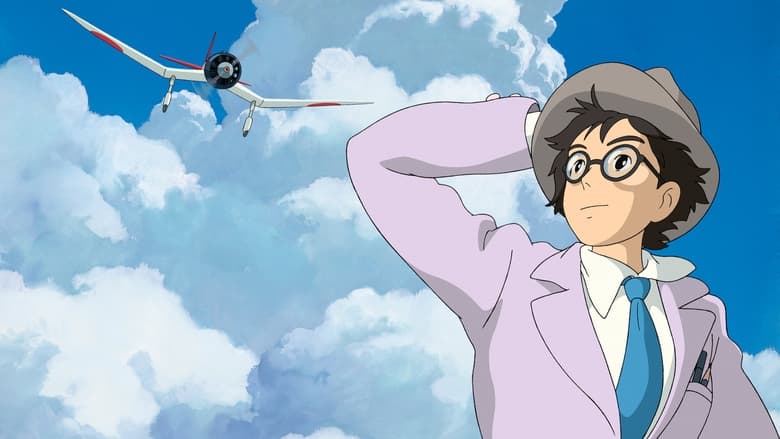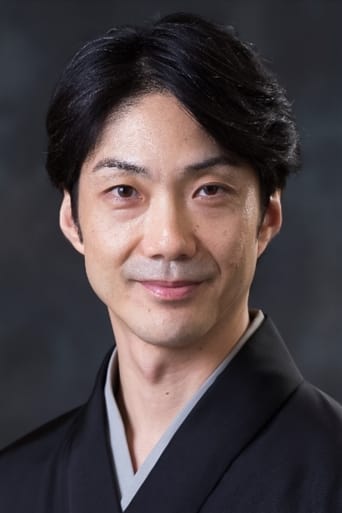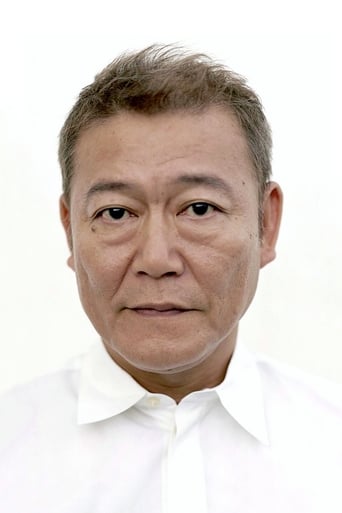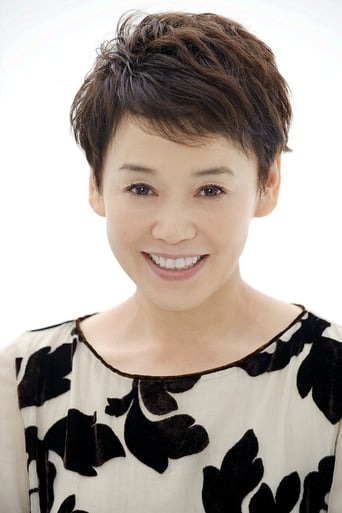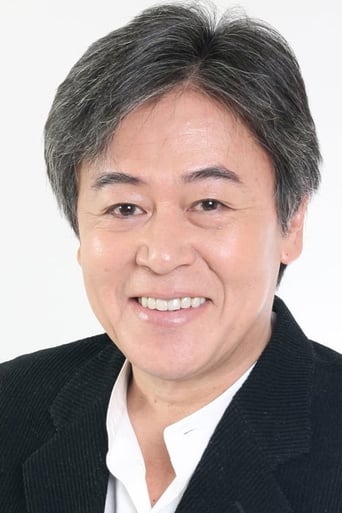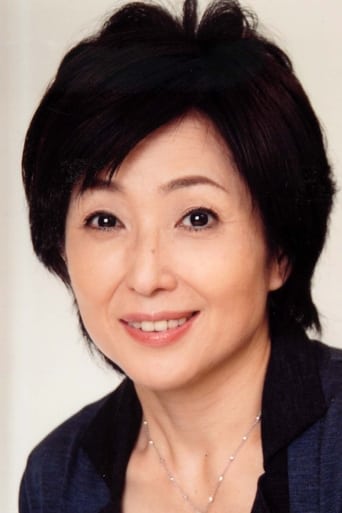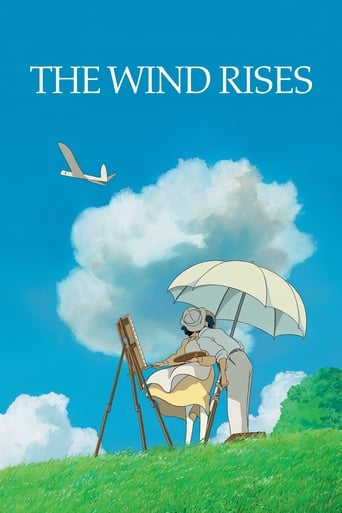
A lifelong love of flight inspires Japanese aviation engineer Jiro Horikoshi, whose storied career includes the creation of the A-6M World War II fighter plane.
Similar titles

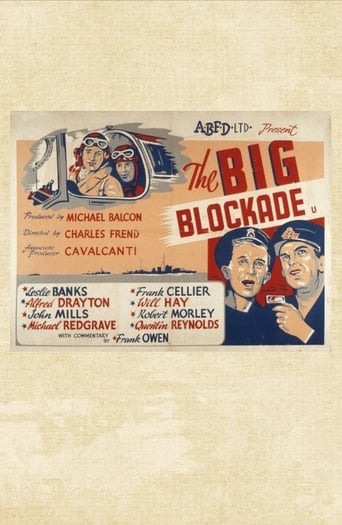
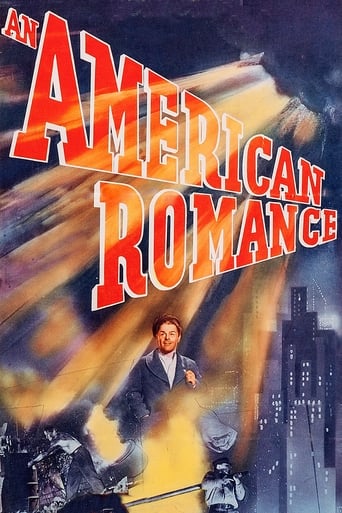

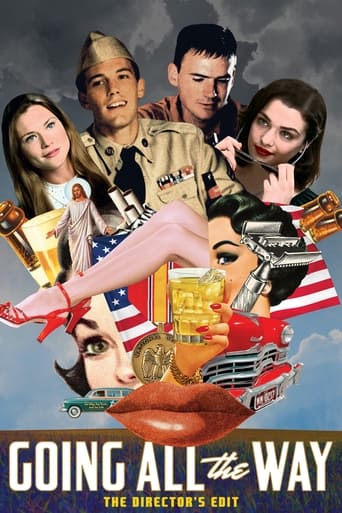
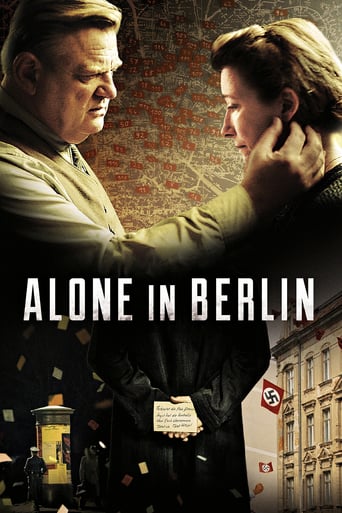
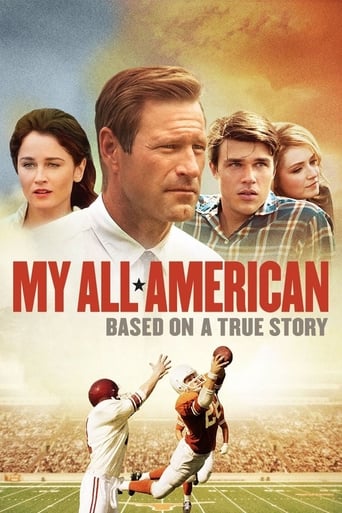

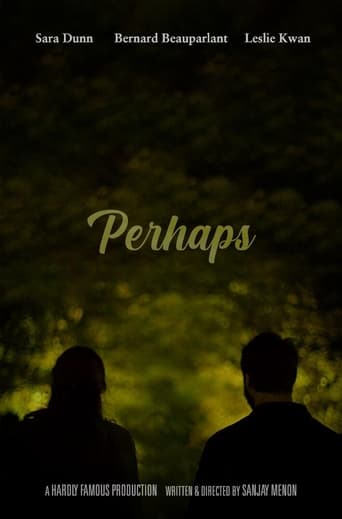
You May Also Like
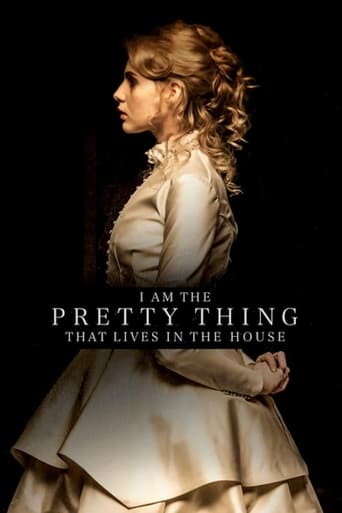
Reviews
Although it has its amusing moments, in eneral the plot does not convince.
The film was still a fun one that will make you laugh and have you leaving the theater feeling like you just stole something valuable and got away with it.
This film is so real. It treats its characters with so much care and sensitivity.
There are moments in this movie where the great movie it could've been peek out... They're fleeting, here, but they're worth savoring, and they happen often enough to make it worth your while.
The Wind Rises is an amazing movie about the life and carrier of Jiro Horikoshi. Jiro wanted to be an aeronautical engineer ever since he was a young boy and worked hard in order to make airplanes like the ones in his dreams. the movie uses close ups and long shots when we see the planes in air in order to show the audience how close, yet far away jiros dream is. Jiros conflict with him wanting to make airplanes that are not used as weapons and the reality that he must make fighter planes for the military or he could never make planes, creates a beautifully tragic light that jiro stars in. The romantic sub plot is also good with how jiro has to sacrifice the happy life he could have with a family for his dream to make planes. At the end of the film you see Jiro looking back at his career just as Giovanni Battista Caproni does in the beginning of the movie. This demonstrates the cycle of innovation and war going hand in hand slightly. Most movies can't touch me on an emotional level with their themes and yet this one did. I could really sympathize with the main character and somewhat feel his struggle.
... maybe that's Miyazaki's secret, finally unveiled in his latest movie: "The Wind Rises".You know, it's been three months since I discovered his work and I never had to experience any kind of disappointment. And although I got used to his unequaled capability to catch my eyes and my heart, some of his movies really hit a sensitive chord, like "Kiki" or "Ponyo" and perhaps the action-less moments of "Nausicaa".But I can't really describe the effect "The Wind Rises" had on me. For one thing, I'm glad I'm discovering it late because it's the film that best captures Miyazaki's love for airplanes. His passion never went unnoticed; how could it be? Almost half of his movies involve airplanes, flying devices or stunts in the air, but there has always been an element of fantasy that distracted from the personal approach he had to flying, even in "Porco Rosso" which was the most explicit homage to the Italian contribution to aviation.But "The Wind Rises" made me realize how fantasy is perhaps the sincerest medium to convey passionate matters, because -to put it simply- it's all about dreams and vision that wait for the right wind to carry them a little and give them that extra push they need for flying. "The wind has risen, one must try to live" is the excerpt from Paul Valéry's poem that novelist Hori Tatsuo used as an inspiration for a tragic romance, and who else than Miyazaki could explore such a story, he who had dedicated all his life to things in the air, from feelings to plain things (pun intended). One thing he had in common with Jiro Horikochi, the main protagonist.The film deals with planes in a way that has never been touched by Miyazaki, it's not about flying but about the dreams of flying, their very blossoming in the fertile soil of a man's mind. In fact, the film is less devoted to planes than to the devotion of a boy, then a man, who designed the Imperial Army's most notorious aircraft. They were used in the war but the film has a point to make about war. Miyazaki believes in Jiro's humanism and expresses it through very riveting dreamy moments. Jiro is a dreamer, literally, and whenever he dreams, he meets his all-time idol, Italian Giovanni Caproni. Together they share their views about planes, their universal appeal and sadly their belligerent uses (or misuses).But don't get it wrong, just because it's in the poetic vicinity of Miyazaki's usual works, the film is as realistic as any serious biography picture, although fictionalized with a romance adapted from the "Wind Has Risen" novel and many events that struck Japan from the Great Depression to Kanto's earthquake, and last but not least, the war. Jiro is portrayed as a witness of his time who must adapt to the evolution of society, a two-pace society with a feudal heritage yet trying to match the Meiji dream. The most emblematic image is the prototype being pulled by ox. This is Miyazaki's most personal film, it has Japan, it has humanism and well, it has planes. And to give you an idea, this film is far more revealing about Jiro than "A Beautiful Mind" with John Nash. There was something so catching in Jiro's passion, in the way he kept focused on his job. I could even feel I was venturing into his mind as if Miyazaki met him in his dreams before making this film. I have no clues about planes but I do love a movie about passion, this is a film about a man who loves planes by a man who loves them. To judge a good biopic, I guess it all comes to the area of passion driving the maker. Having thick glasses, Giro could never fly but Caproni almost rhymes with epiphany, the Italian icon tells him that he can't even fly a plane, but there's just something far more exhilarating than creating. And Miyazaki wouldn't disagree.The heart of the film is centered on the romance between Jiro and a gentle tuberculosis stricken girl, like Hori's wife who inspired the novel. And whenever they meet, the wind rises and make their encounter possible. Air is our universal heritage, in the film, it reunites people and give a proper meaning to their life. This air so fragile in "Nausicaa", this air that symbolizes peace in a world that prepares to war and about which the post-apocalyptic Nausicaa warned us. Miyazaki signs his best film. I enjoyed it so much it could have been twice longer, to the post-war period time.But the film culminates with the tragic ending and doesn't show much of the war. It is anticlimactic to use a technical term, but I guess it's a fine ending because there wasn't much to add about Jiro once he designed the prototype, once the plane that started as a concept hidden behind a fish bone became a technological marvel. The film is dedicated to the engineer and to the poet. And the verse "The Wind Rises, one must try to live" is so beautiful it could work as an epitaph for Hayao Miyazaki, summing up his best contribution to animation: inviting us to dream, to pursue our dreams and to take them seriously like a poet, a bit like an engineer, always like a dreamer.This is one of the greatest animated movies of recent times, and given how critical I was about "Frozen", I was shocked that it won the Oscar. From what I read, there was some controversy surrounding the peaceful nature of Jiro, a sugarcoating of the war and an overuse of smoking. I'd say "The Wind Rises" deserved better than being beaten by a film that tried to play the "socially relevant" card to death. But the masterpiece flies over "Frozen" like a zeppelin over a fish bone.
2013's "The Wind Rises" is a magnificent piece of Japanese animation, or Anime' (for the uninitiated). In what may be one of the rare films of this type, "The Wind Rises" is a unique mix of biopic, historical drama, romance, and fantasy. It tells the story of an enthusiastic dreamer who is able to realize many of his life's greatest ambitions, but unfortunately lives to see his genius and the fruits of his labor later give way to a dawning nightmare.Thankfully, although the film doesn't descend into pointless political arguments and finger-pointing and questioning the morality of its lead character, "The Wind Rises" does recognize that its central protagonist can feel the winds of change upon him and the moral conflict he will eventually find himself in."The Wind Rises" is, of course, the final film of legendary Japanese animator Hayao Miyazaki - who wrote and directed the film, which was partially inspired by the 1937 short story "The Wind Has Risen" by Tatsuo Hori and which Miyazaki then adapted into a Manga series - who retired from filmmaking in September of 2013. "The Wind Rises" didn't hit American shores until February of the following year; I had plans to see the film in the theaters, but I unfortunately never got the opportunity. Two years later, I finally got the chance to sit down and watch this fantastical masterpiece of Japanese Anime'.The film is different from his past masterworks like "Spirited Away" (2001) (my personal favorite Miyazaki film ever), "Princess Mononoke" (1997) or his last film before this one, "Ponyo" (2008). While there is fantasy here, it's mixed in with Japanese history, which may turn away some young viewers and anyone still accustomed to his usual fantasy work. But it's still a brilliant exercise in animated storytelling.And yet, despite its brilliance, this film did cause a controversy in its native Japan, due to its subject matter - the late Japanese aeronautical engineer Dr. Jiro Horikoshi (June 22, 1903-January 11, 1982), who, of course, was the man who designed and built the much-feared Mitsubishi A6M Zero attack fighter plane, which was used by Japanese kamikaze pilots in World War II. Miyazaki was attacked by the political Right AND Left in Japan for making a film that supposedly glorified war - which does not look good for a nation that is still dealing with the physical and psychological traumas of its wartime aggression and brutality against its enemies 71 years after that war's official conclusion - as well as negative comments he'd made about attempts to revise Japan's 1947 Allied-drafted, post-WWII pacifist constitution.Miyazaki, of course, is an out-spoken pacifist who condemned his country's actions during World War II (even though Miyazaki was only four-years-old at the time of Japan's surrender in 1945). His film does not glorify war, but it does nonetheless take a very sympathetic view of a complex individual, one who was morally opposed to war and objected to his work being misused for such destructive purposes - as tools of war - but was ultimately powerless to do anything about the reckless and foolish, self-destructive actions of his government and military. But like I said earlier, Miyazaki's film is not a political statement, but a heartfelt portrait of a man striving to live his dreams and create art - which sort of mirrors the fact that "The Wind Rises" was a dream project of Miyazaki himself, who has been a warplane enthusiast since childhood and whose father's company made rudders for the Zero attack fighters during the war.Idealistic and driven, Jiro Horikoshi (voiced by Joseph Gordon-Levitt in the English-language version) just wants to design and build airplanes, since his nearsightedness dashes his dreams of ever becoming a pilot. With his close friend Hiro Konjo (voiced by John Krasinski), they set to work building planes to be used by the Japanese Imperial Navy. Jiro's life and work are inter-cut with dreams of his hero, Italian aeronautical engineer Count Giovanni Battista Caproni (voiced by Stanley Tucci), who states that he has never flown a plane in his life, but building them is much better than actually flying them. (Caproni also ominously states that his planes are being used by the military for war purposes, and that many of these planes and their pilots will never come back from their missions.)Jiro's professional achievements are mirrored by the love and support of his one true love, Nahoko Satomi (voiced by Emily Blunt), whom he first meets in the aftermath of the great 1923 Kanto Earthquake, which devastated Japan and had a terrible effect on its already-struggling economy."The Wind Rises" is a fantastic animated film that treats its subject matter with dignity and respect. Like I stated earlier, the film never becomes political, but nonetheless it's filled with foreboding with major events in world history about to unfold. Even for me while watching it, the characters can see that a great change is coming just over the horizon, and for those of us that know world history, Miyazaki places a number of omens in "The Wind Rises" to show that in just a few short years a great and terrible calamity is about to befall the people of Japan (and the rest of the world, for that matter) - World War II.If "The Wind Rises" truly is the last masterpiece of Hayao Miyazaki, I honestly cannot think of a greater send-off to a living legend. This had all the earmarks of the last work of a master filmmaker and animator - perhaps the ultimate culmination of over four decades of one critically acclaimed animated feature after another.10/10P.S.: The 1973 song "Hikoki-Gumo" by Yumi Arai, which is featured prominently in the film and theatrical trailer, is simply amazing!"All I wanted to do was to make something beautiful" - Dr. Jiro Horikoshi
This film, Hayao Miyazaki's last, tells a fictionalised account of the life of the aircraft designer Jiro Horikoshi. From a young age Jiro dreams of flying although his poor eyesight means he will never be a pilot. After reading a magazine article he dreams of meeting Italian aircraft designer Giovanni Battista Caproni; after this he decides to pursue a career in aircraft design. As he travels to college by train he is caught up in the Great Kanto Earthquake of 1923. On the train he meets Naoko and after the earthquake he helps her and her injured maid. After graduating he finds work at Mitsubishi and it is clear that Japanese aircraft design is far behind that of the west but he and his friend Kiro Honjo are determined to help them catch up. After an early setback Jiro takes some time off and bumps into Naoko again and a romance soon blossoms. She tells him that she has tuberculosis but after some time in a sanatorium they are married. He continues to work and makes great advances there are storm clouds on the horizon though; Japan is on the road to war and Jiro's planes are destined to play a key part in that self-created national disaster.I had put off watching this film for a long time as I didn't want there to be no new Miyazaki films to watch; having finally watched it I can say it was not in any way disappointing. This is Miyazaki's most grown up work and it doesn't shy away from tragedy; either personal of national. As one would expect from Studio Ghibli the animation is amazing. There are no static background characters; everybody is moving in a vibrant but not overly exaggerated manner. Not surprisingly the flying scenes are beautiful. The characters are interesting as are their stories; the fact that many items of Jiro's life as depicted in the film don't match reality doesn't matter as it doesn't claim to be a true record of what happened. This is one of Ghibli's more emotional films; only Isao Takahata's 'Grave of the Fireflies' is sadder at the end as this story doesn't shy away from showing the consequences of Jiro's aircraft designs or give us a happy ending to Naoko's story. Overall I'd say this was a great film; it might not have the universal appeal as Mayazaki's other films but it is a must see for older fans of his work and a fitting farewell to this master animator.
Top Streaming Movies











